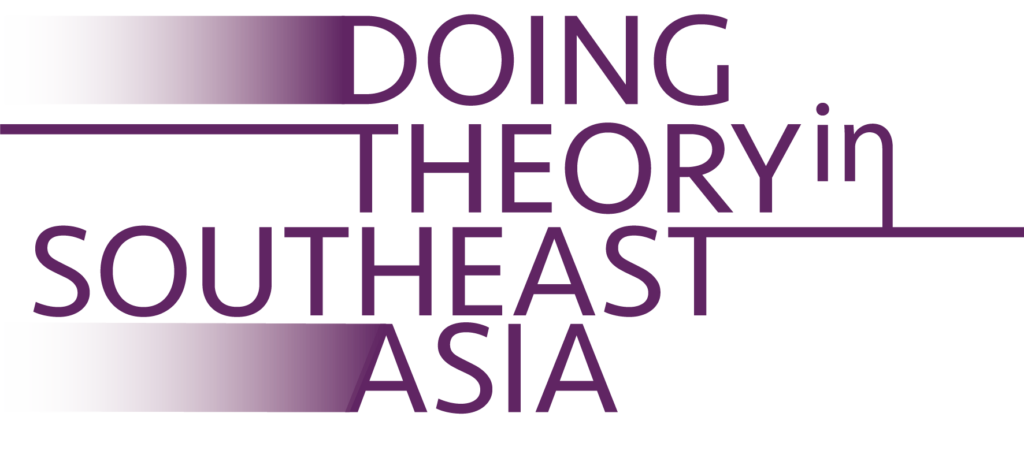Archipelagic Juxtapositions
This section assumes the form of a laboratory for discovering possible affinities and resonances between seemingly unrelated objects and situations across Southeast Asia.
Many social formations in Southeast Asia are defined by their ‘archipelagic’ character. Area Studies conventionally demarcates the region into ‘mainland’ or ‘continental’ Southeast Asia and ‘island’ or ‘oceanic’ Southeast Asia. Indonesia and the Philippines are the two largest archipelagic republics in the world. Furthermore, Southeast Asia’s diverse cultures have historically been shaped by flows of trade and religion across maritime kingdoms and port cities.
To engage in ‘archipelagic thinking’ based on Glissant’s conception is to create and explore accidental connections between objects and situations that are not instinctively and obviously linked. If the other section on General Resources provides a database that gathers and categorizes different materials with a goal toward encyclopedic inclusion, this section juxtaposes and rearranges shifting ‘archipelagos’ of materials. It experiments with divergent entryways and perspectives with the aim to unveil marginalized realities and alternative modalities.
If you would like to recommend any works that could be included in various sections of ‘Archipelagic Juxtapositions’, kindly fill up this form here. These would be collated and updated on the last day of each month.
